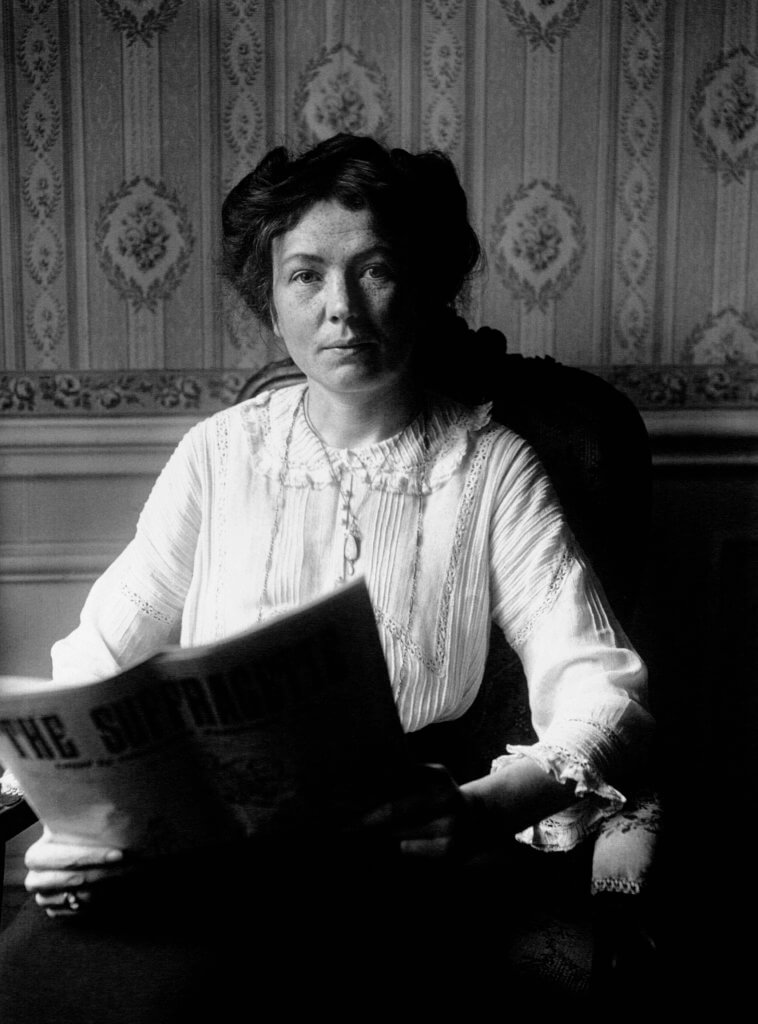
It’s International Women’s Day, although it has been delayed in our wildlife NGOs.
Here are the number of trustees and male trustees for a variety of wildlife NGOs (others are, of course, available) and also the gender of their Chairs and CEOs. They are in some sort of order.
| # trustees | #male trustees | Chair | CEO | |
|---|---|---|---|---|
| RSPB | 17 | 14 | M | M |
| WWT | 15 | 10 | M | M |
| Buglife | 9 | 6 | M | M |
| Butterfly Conservation | 14 | 10 | M | F |
| BTO | 15 | 10 | F | M |
| Plantlife | 12 | 7 | M | F |
| RSWT (Wildlife Trusts) | 12 | 7 | F | F |
| Total | 93 | 64 | 5M, 2F | 4M, 3F |
Great post, Mark. I briefly tried looking at the gender of the NGOs (whether UK or Global) based in Cambridge but I failed to follow it through (Birdlife of course has a female CEO). Anyway, one thing to add to you table – percentage male trustees, derived from your number – a good way to compare them…
NGO % male trustees
RSPB 82.35
WWT 66.67
Buglife 66.67
Butterfly Conservation 71.43
BTO 66.67
Plantlife 58.33
RSWT (Wildlife Trusts) 58.33
Total 68.82
To add another to your list the Bumblebee Conservation Trust has a female CEO and a male Chair. This gives the CEO 4 each, but the Chair ratio gets worse.
In the road where I grew up most of the children I played with were boys. So when it was “Cowboys and Indians” I had to be an “Indian” and lose all the pretend battles. The boys were the Cowboys – except for one little deaf boy who was also excluded and had to be an Indian too. My father tried to counteract this by getting me a full length Indian headdress and small tepee and a bow with real arrows (steel ends replaced by rubber suckers to my annoyance). If you can’t join them, beat them!
I caught the flying bug when 21. They wouldn’t let me join the University Air Squadron at university (not even sit in on the ground-lectures). So I paid for myself and qualified in 3 months despite the medical doctor (idiot) saying I shouldn’t fly over 3000′ at “a certain time of the month”. Thank-goodness things are a bit better now but some countries are moving backwards – Turkey springs to mind. I just want opportunities to be based on ability not gender, colour, class, religion or whatever. Then we won’t need an International Women’s Day. But thanks for highlighting the above – very interesting.
Sorry if the shoulder chip is showing.
Thanks for bringing these stats to the fore. Come on R.S.P.B,they need to pull their finger out yet again.!
Great to see the Wildlife Trusts leading the way here. I manage the northern regional team for Yorkshire Wildlife Trust. Inc me, there are 7 men and 10 women on the team and they all do a fantastic job, men and women.
Better as percentages of Trustees
RSPB – 17.6%
Butterfly Conservation – 28.5%
WWT, Buglife and BTO – 33%
Plantlife and RSWT – 41.6
Any idea about National Trust?
A very odd post – feels a bit like click-bait to me.
What does it mean? Does it mean anything?
Perhaps it’s just intended to make people come to their own personal conclusions rather than meld into another one of those fleeting online kerfuffles. In which case, fair enough.
But if not, beware…this could well be the well-worn route of leading online guff merchants (Platell, Moir, Delingpole, Hopkins etc etc).
A priori, there is no reason to suppose that men are better than women at running conservation organisations so in a world where the only thing that determined who got the jobs was the talent and commitment of the applicants one would expect a 50:50 distribution in the table. That said, the table shown is a rather blunt tool for analysing the extent to which women may be disadvantaged in the conservation NGO sector. RSPB for example is ‘bad’ for having a male in both its chair and its CEO positions but we know that it has previously had a female CEO (a woman who has also held leadership roles in the Environment Agency and English Nature as well as plenty of other organisations) so it is perhaps not so bad after all. Given the sample size it is difficult to draw any conclusion as to whether women are currently disadvantaged when it comes to appointments as CEO or chair (obviously if the table listed all previous holders of the posts it would clearly show that women have only relatively recently started to have a fair shot at these jobs). With regards to trustees the evidence is more damning and there is clearly work to be done there.
The conservation sector actually fares well. here are figures easily found online….
2012 boards of 100 biggest charities 66% male, but all trustees 48% all trustees. Only 4 sectors within charities apparently have a predominantly female trustee. data from here:
https://data.ncvo.org.uk/a/almanac12/how-many-trustees-of-voluntary-organisations-are-there-in-the-uk/
and in business, boardrooms – less than a quarter female.
Thats why its interesting and it matters.